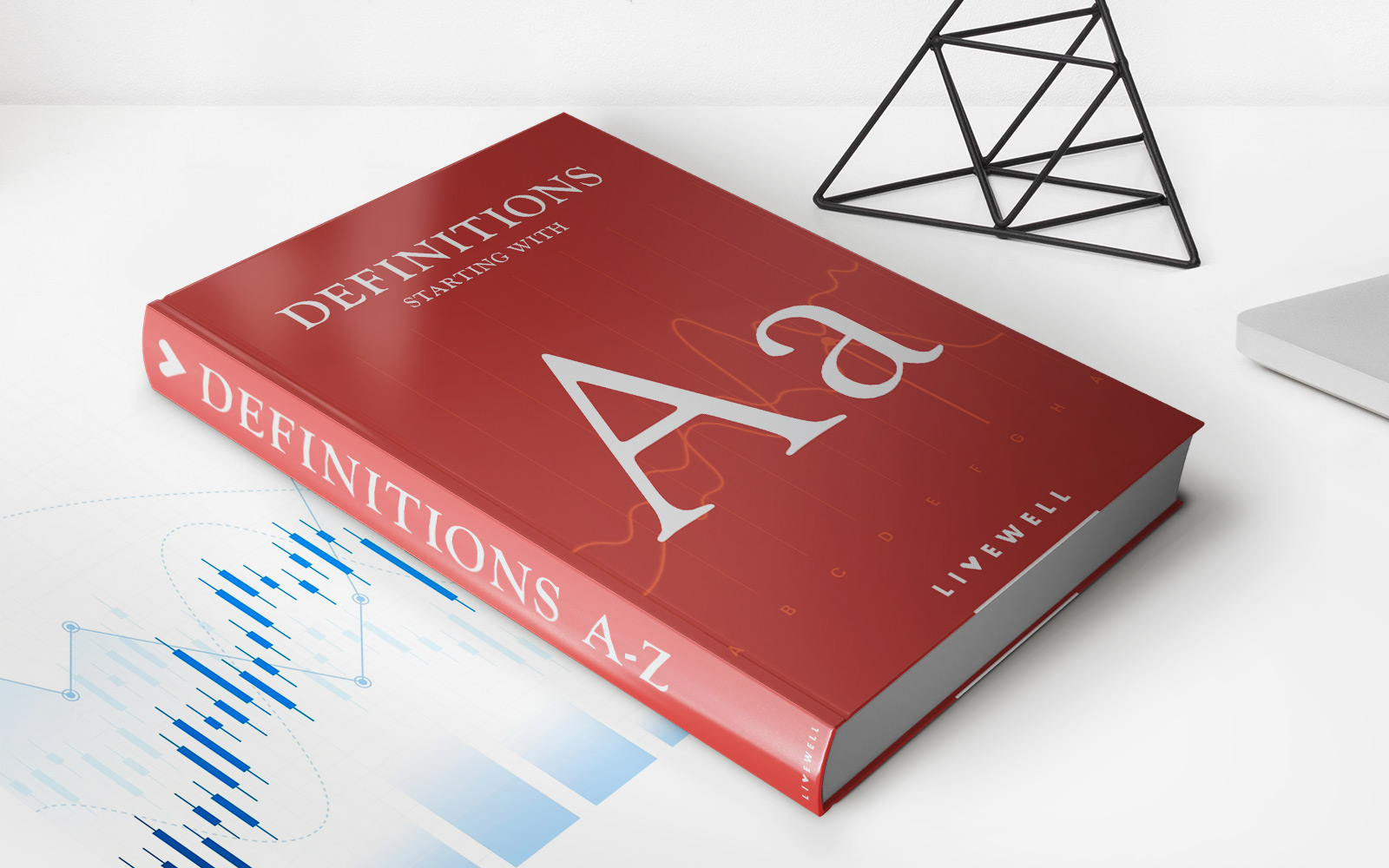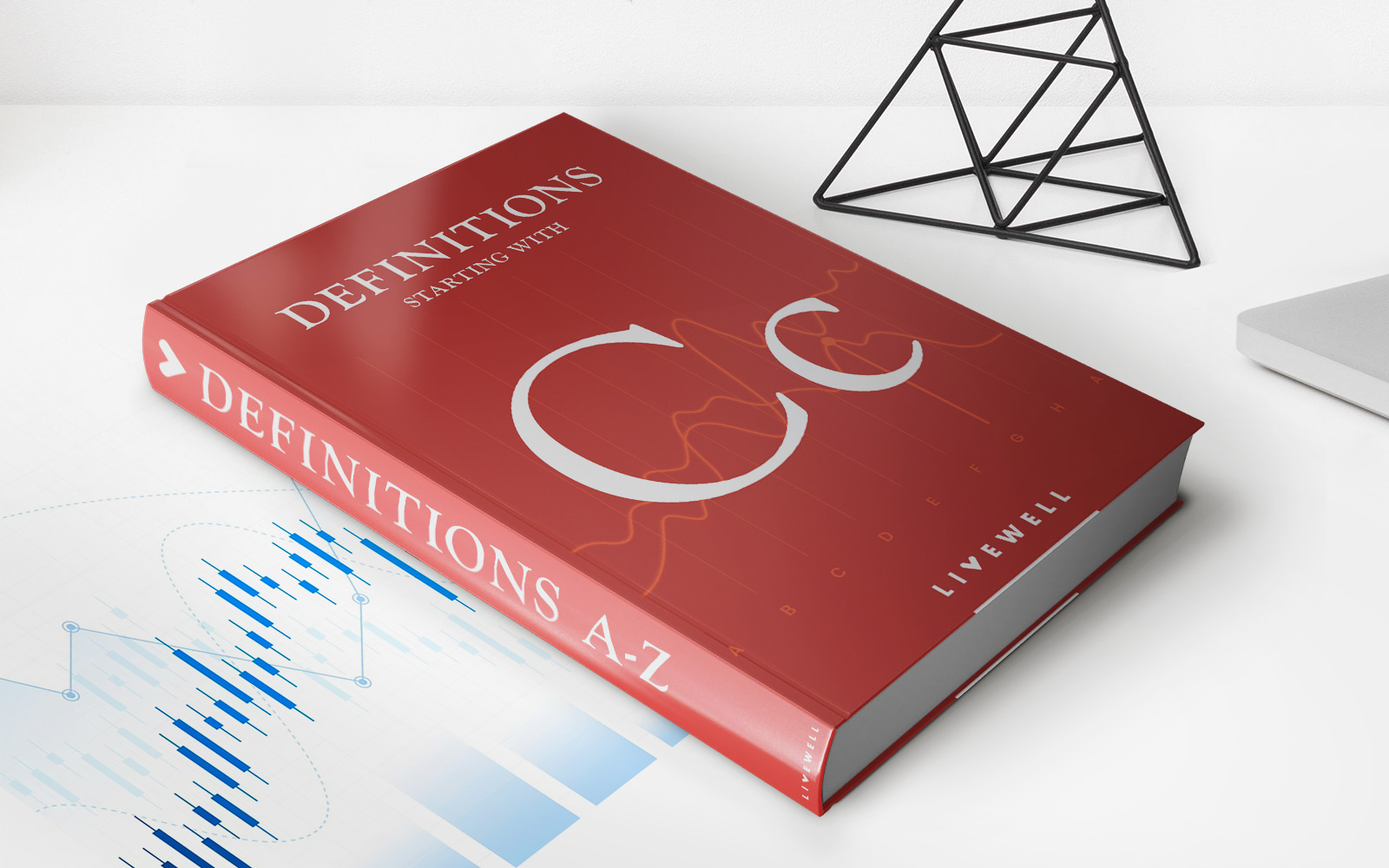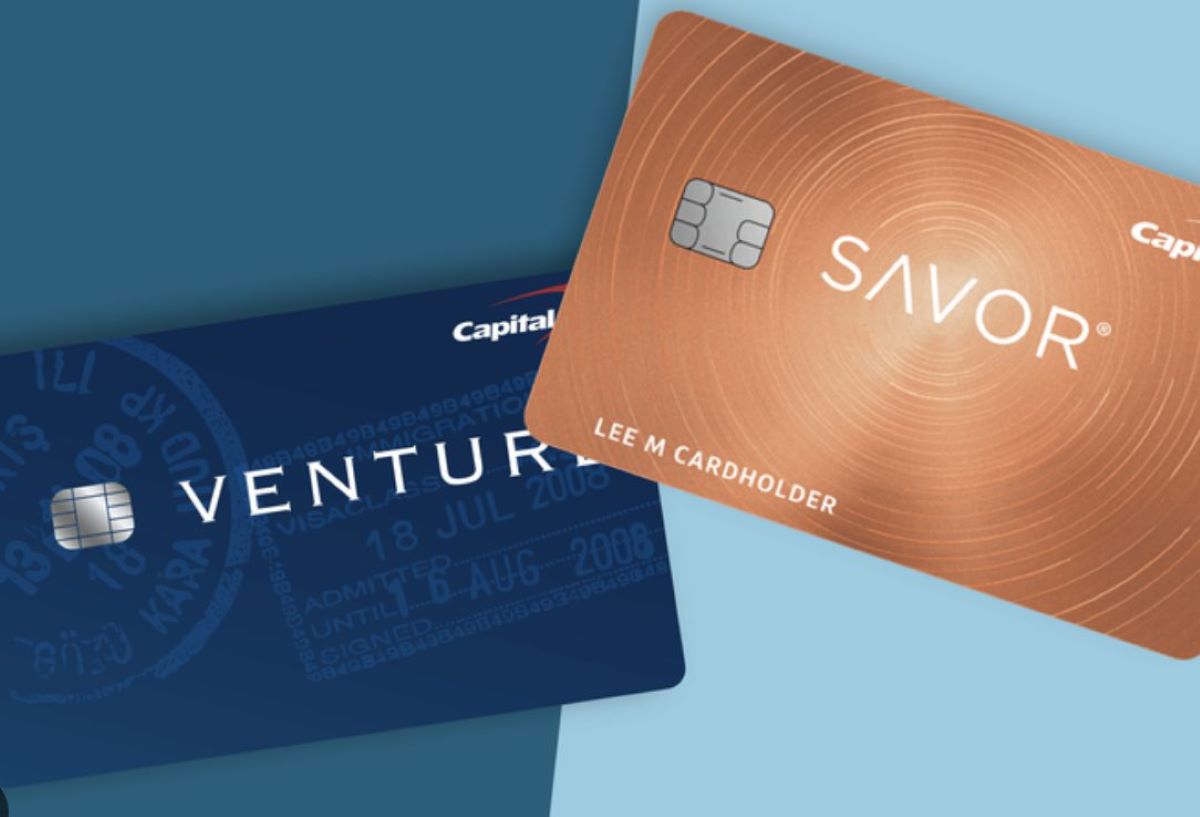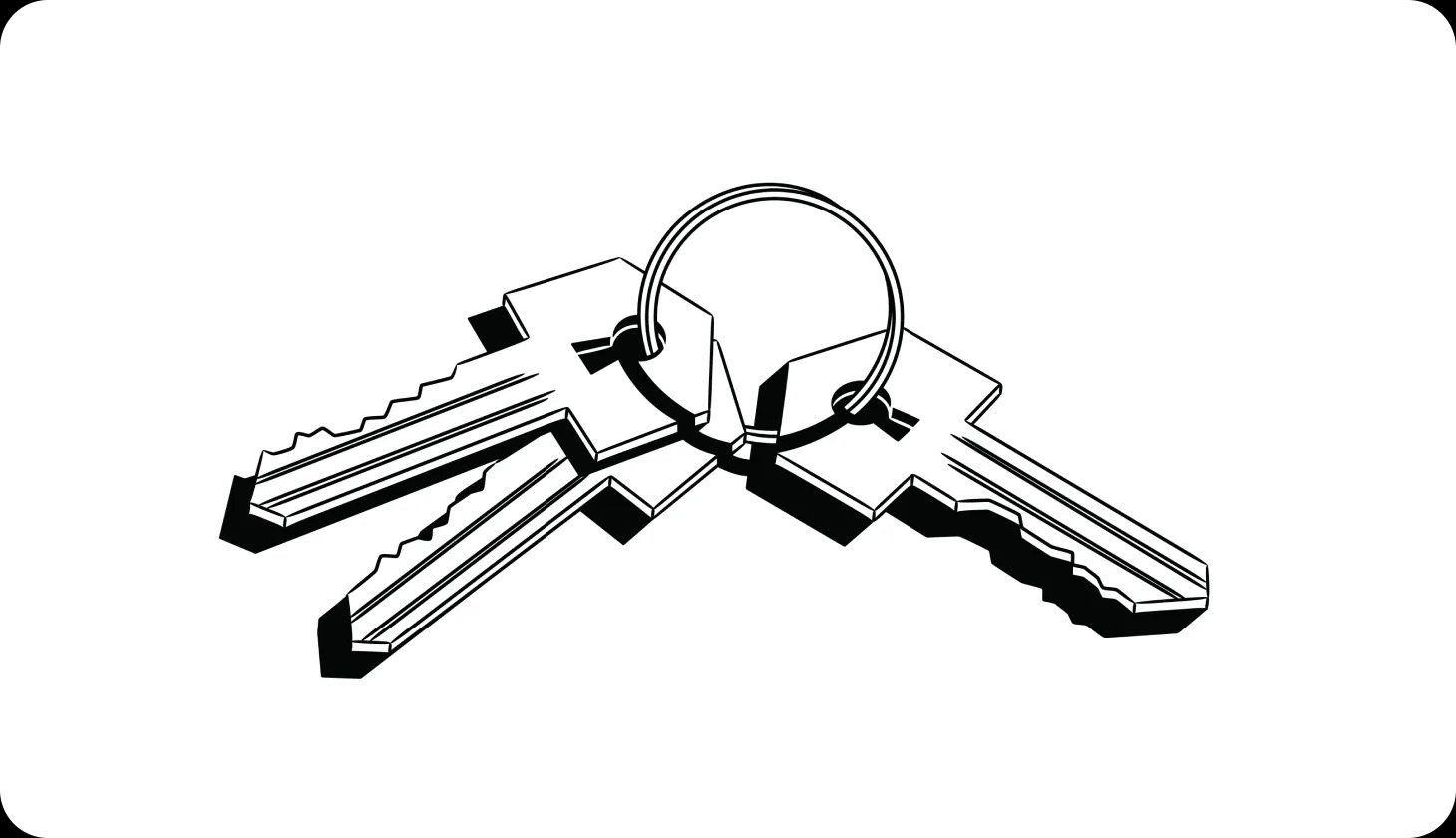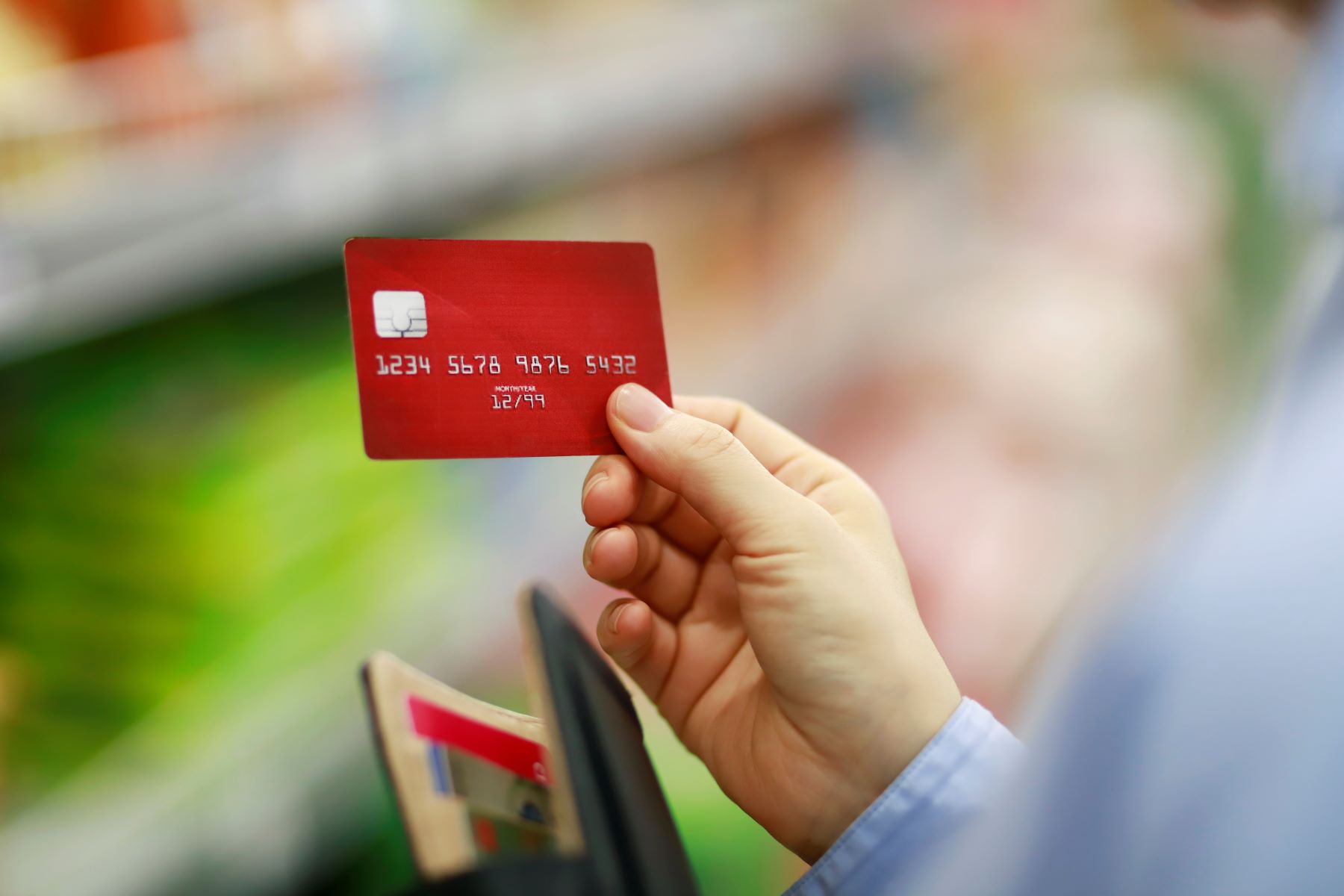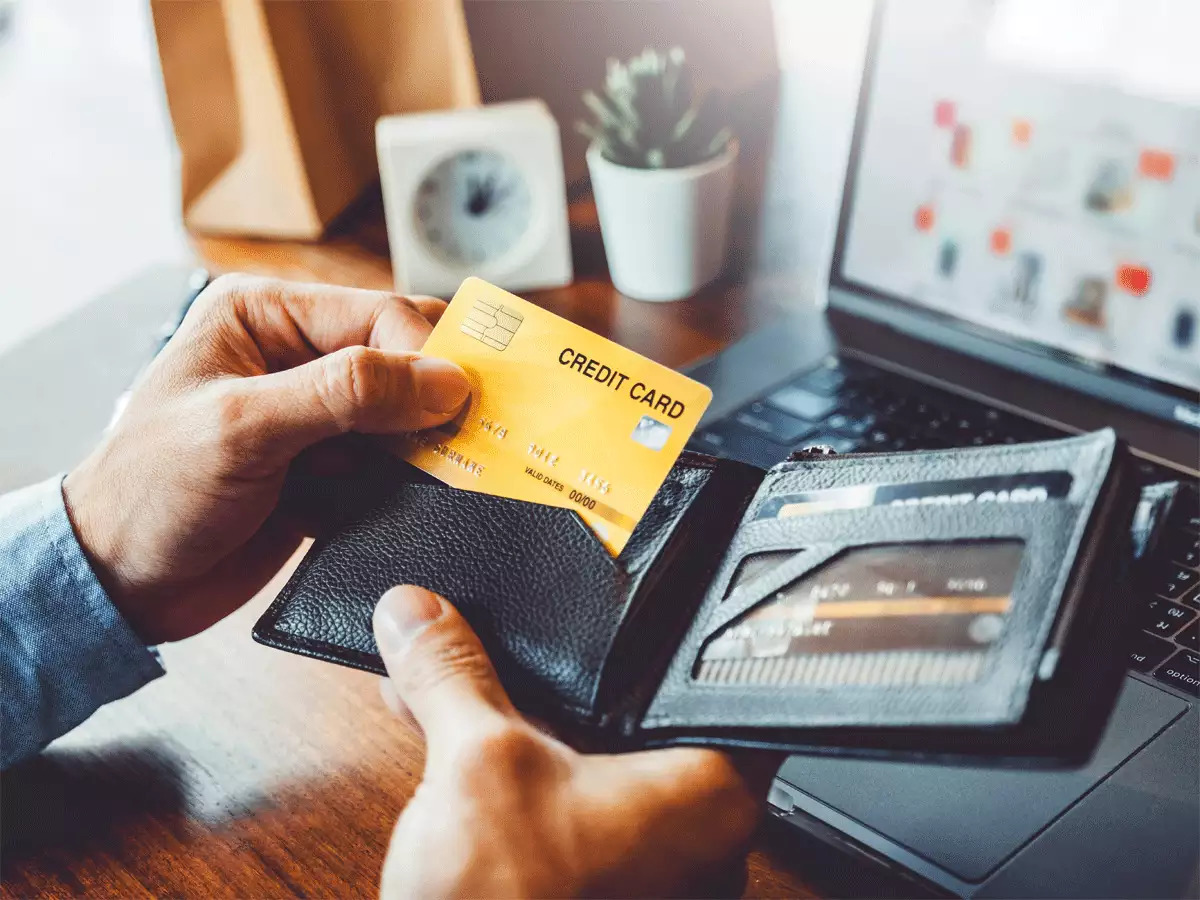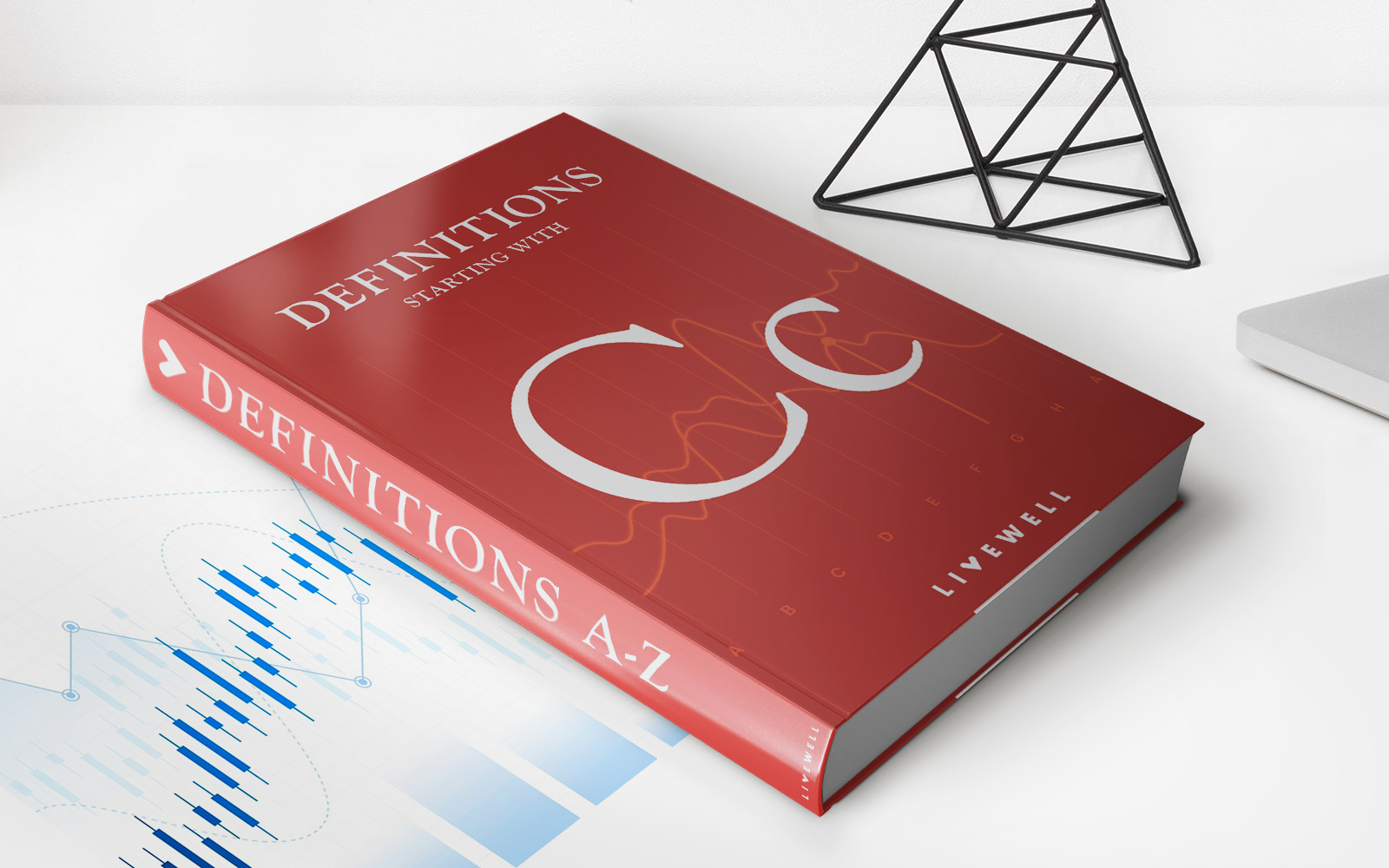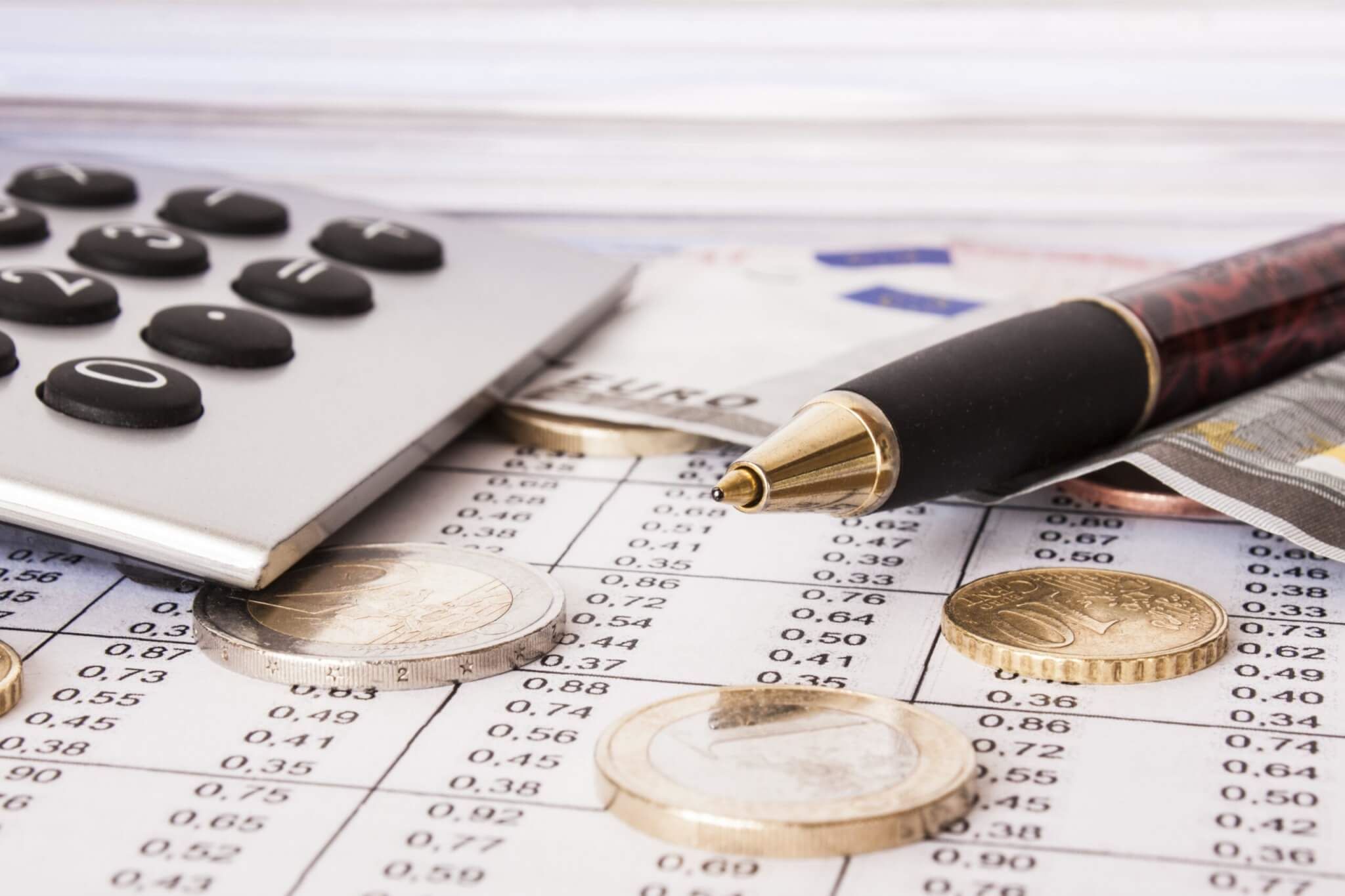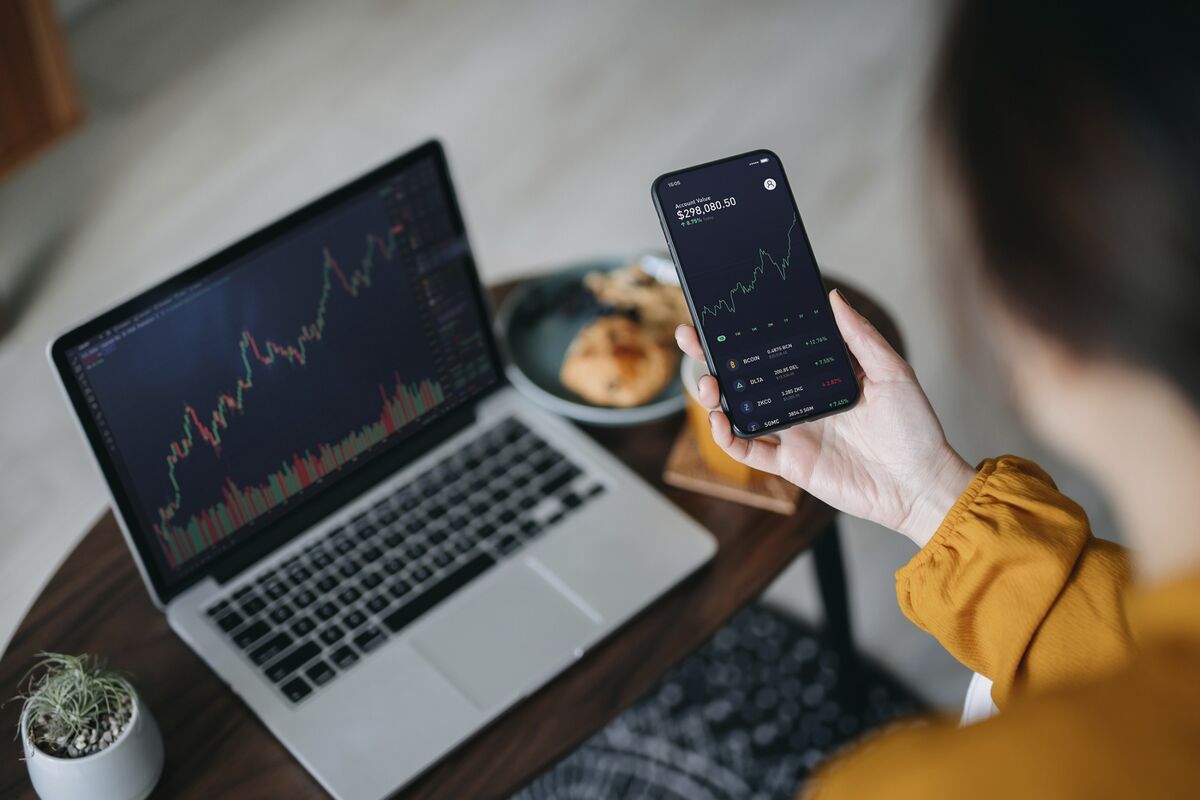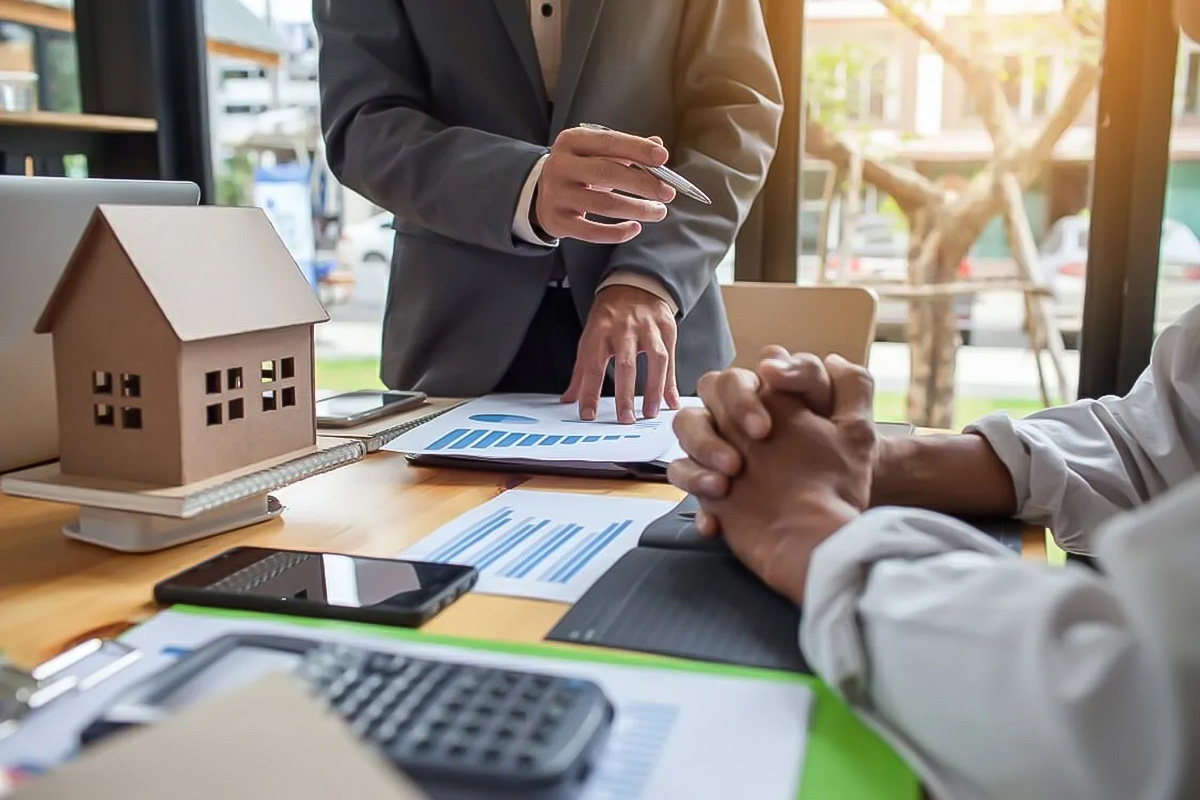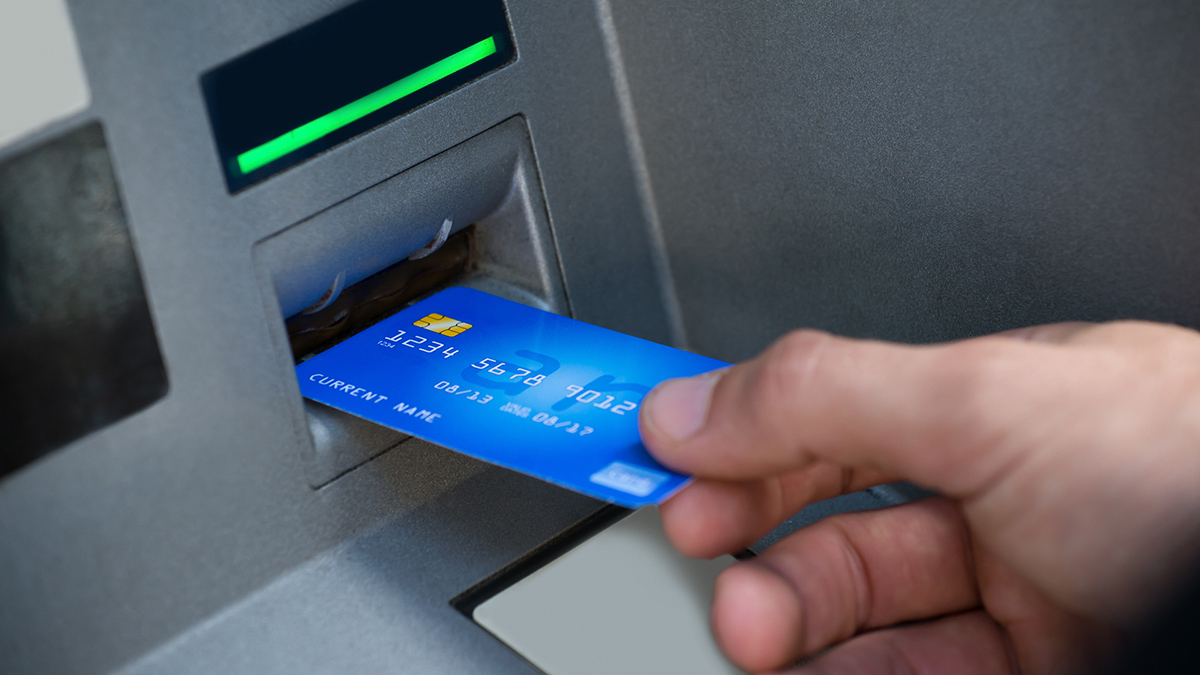

Finance
How To Protect Against Credit Card Skimming
Published: November 5, 2023
Learn effective strategies to protect your finances from credit card skimming. Safeguard your personal information and prevent unauthorized transactions.
(Many of the links in this article redirect to a specific reviewed product. Your purchase of these products through affiliate links helps to generate commission for LiveWell, at no extra cost. Learn more)
Table of Contents
- Introduction
- What is credit card skimming?
- Types of credit card skimming techniques
- Signs that your credit card has been skimmed
- How to protect yourself from credit card skimming
- Install anti-skimming technology
- Be cautious at ATMs and gas pumps
- Check for tampering or suspicious devices
- Regularly monitor your credit card statements
- Use mobile payment options
- Conclusion
Introduction
With the increasing use of credit cards for everyday purchases, the threat of credit card skimming has become a growing concern for consumers. Credit card skimming is a technique used by fraudsters to steal credit card information, leaving victims vulnerable to identity theft and financial loss. It is essential for individuals to understand what credit card skimming is, how to identify if their credit card has been skimmed, and most importantly, how to protect themselves from falling victim to this crime.
Credit card skimming refers to the act of illegally obtaining credit card information from unsuspecting victims. It involves the use of sophisticated devices or techniques to secretly capture credit card information, including card numbers, expiration dates, and CVV codes. This stolen information is then used to create clone cards or make unauthorized transactions.
The methods used by fraudsters for credit card skimming can vary, but they often target places where individuals commonly use their credit cards, such as ATMs, gas pumps, or even retail establishments. Skimmers, which are often small and discreet devices, are placed over or inside card readers at these locations, capturing the data from the magnetic stripe or chip as the card is inserted.
In this article, we will explore the different types of credit card skimming techniques, signs that your credit card has been skimmed, and most importantly, how you can protect yourself against becoming a victim of credit card skimming. By equipping yourself with knowledge and implementing precautionary measures, you can safeguard your financial information and enjoy the convenience of using credit cards without worry.
What is credit card skimming?
Credit card skimming is a type of fraud where criminals use devices or techniques to steal credit card information from unsuspecting victims. The stolen information is then used to make unauthorized transactions or create clone cards. The goal of credit card skimming is to collect personal and financial information without the victim’s knowledge, leaving them vulnerable to identity theft and financial loss.
There are various methods that fraudsters employ to carry out credit card skimming. One common technique is the use of skimming devices, which are often placed over or inside legitimate card readers at places like ATMs, gas pumps, or even retail establishments. These devices capture the data from the magnetic stripe or chip of the victim’s credit card as it is inserted, without raising suspicion.
Skimmers have become increasingly discreet and difficult to detect. Some skimming devices are virtually indistinguishable from the legitimate card readers, while others may be installed inside the machine or hidden within other objects. The captured information can then be accessed by criminals, who use it to create counterfeit cards or sell it on the black market.
Another method used in credit card skimming is the use of miniature cameras or pinhole cameras, which are strategically placed near the keypad of a payment terminal or ATM. These cameras capture the victim’s PIN as they enter it, enabling the criminals to gain access to both the card information and PIN, allowing them to fully exploit the stolen credit card data.
It’s important to note that credit card skimming can also occur during legitimate transactions. Dishonest employees at retail establishments or restaurants can use handheld skimming devices to collect credit card information while processing payments. This type of skimming is particularly difficult to detect, as the transaction appears normal, making it even more important for consumers to take proactive steps to protect their credit card information.
In the next sections, we will delve deeper into the various types of credit card skimming techniques, signs that your credit card has been skimmed, and most importantly, how you can protect yourself from being a victim of this crime.
Types of credit card skimming techniques
Criminals employ a variety of techniques to carry out credit card skimming, each designed to discreetly capture credit card information. It is important to familiarize yourself with these techniques to better understand the risks and take necessary precautions. Here are some common types of credit card skimming techniques:
- Physical skimming devices: These are physical devices placed over or inside legitimate card readers, such as those found in ATMs or gas pumps. Skimmers are equipped with technology to capture credit card information, including the card number, CVV code, and expiration date. This technique allows fraudsters to collect data from multiple victims before retrieving the skimming device.
- ATM keypad overlays: Skimmers may also use overlays that fit over the keypad of an ATM. These overlays are designed to record the keystrokes as victims enter their PIN, in addition to capturing credit card information. The overlay is then retrieved by the criminal, who can access both the card details and the victim’s PIN.
- Hidden cameras: Criminals may install hidden cameras near payment terminals or ATMs to capture victims’ PINs. These cameras are strategically positioned to capture the keypad as victims enter their PINs, allowing the criminals to obtain the complete credit card information along with the PIN.
- Bluetooth skimming: In this technique, fraudsters use a Bluetooth-enabled skimming device that wirelessly captures credit card information as victims swipe their cards. The device can be hidden in a backpack, pocket, or even attached to the fraudster’s clothing. They can remotely access the stolen data without having to physically retrieve the skimming device.
- Point-of-sale (POS) skimming: This type of skimming involves dishonest employees at retail establishments or restaurants. They use handheld skimming devices to collect credit card information while processing payments. Since the transaction appears normal, it is difficult to detect this type of skimming.
- Online skimming (Magecart attacks): With the rise of e-commerce, online skimming has become a prevalent threat. Fraudsters inject malicious code into legitimate websites, which then captures credit card information entered by users during online transactions.
Understanding the various techniques used by criminals to skim credit card information is crucial in order to protect yourself. In the following sections, we will discuss signs that your credit card has been skimmed and the measures you can take to safeguard your information.
Signs that your credit card has been skimmed
It is important to stay vigilant and be aware of potential signs that your credit card may have been skimmed. By recognizing these signs early on, you can take immediate action to mitigate any potential damage. Here are some common signs that your credit card may have been skimmed:
- Unauthorized transactions: Keep a close eye on your credit card statements and bank activity. If you notice any unexpected or unauthorized transactions, it could be a sign that your card has been skimmed.
- Duplicate charges: Be wary if you see multiple charges for the same purchase on your statement. This could indicate that your card information has been cloned.
- Inconsistent card behavior: If your card is suddenly declined when it has never been before or if it is unexpectedly blocked due to suspicious activity, it could be an indication that your card information has been compromised.
- Poorly functioning card readers: Pay attention to the functionality of ATMs or gas pumps. If the card reader feels loose or doesn’t seem to work properly, it might be tampered with. In such cases, it’s best to avoid using that particular machine.
- Unusual devices or attachments: Before using any card reader, take a few moments to inspect it. Look for any suspicious or unfamiliar devices attached to the machine, such as additional card slots, loose wires, or anything that looks out of place.
- Unexpected information requests: Be cautious if you are asked to provide additional or unnecessary personal information during a transaction, especially if it seems unrelated or unnecessary.
- Unusual SMS or email communications: If you receive unexpected messages asking for your credit card information, it could be a phishing attempt. Legitimate financial institutions will never ask for personal information through email or text.
It is important to note that these signs are not definitive proof of credit card skimming, but they can serve as red flags to prompt further investigation. If you suspect that your credit card has been skimmed, it’s crucial to act quickly to protect yourself from further fraudulent activity.
In the next section, we will discuss various measures you can take to protect yourself from credit card skimming and minimize the risk of falling victim to this crime.
How to protect yourself from credit card skimming
While credit card skimming is a concerning threat, there are several proactive steps you can take to protect yourself and reduce the risk of becoming a victim. By implementing these measures, you can safeguard your credit card information and minimize the chances of unauthorized access. Here are some effective ways to protect yourself from credit card skimming:
- Install anti-skimming technology: Consider using RFID-blocking sleeves or wallets, which can help protect your contactless payment cards from skimming devices. These sleeves and wallets create a barrier that prevents the unauthorized reading of your card’s information.
- Be cautious at ATMs and gas pumps: When using an ATM or gas pump, be observant and look for any signs of tampering. Avoid using machines in isolated or poorly lit areas, and if possible, choose ATMs located inside secure premises, such as banks or shopping centers.
- Check for tampering or suspicious devices: Before using a card reader, inspect it carefully. Look for any loose or unusual attachments, hidden cameras, or card slots that appear out of place. If anything seems suspicious, do not use the machine and report it to the appropriate authorities.
- Regularly monitor your credit card statements: Review your credit card statements thoroughly and promptly. Look for any unauthorized transactions or suspicious activity. If you notice anything unusual, contact your credit card issuer immediately to report the issue and dispute any fraudulent charges.
- Use mobile payment options: Consider using mobile payment platforms, such as Apple Pay, Google Pay, or Samsung Pay. These services provide an extra layer of security as they use tokenization technology to secure your payment information during the transaction process.
- Use chip-enabled cards: Chip-enabled cards provide enhanced security compared to traditional magnetic stripe cards. The embedded microchip generates a unique transaction code for each transaction, making it more difficult for criminals to clone your card.
- Keep your PIN private: When entering your PIN at an ATM or payment terminal, shield the keypad from prying eyes. Avoid using obvious or easily guessable PINs, such as your birthdate or sequential numbers. Memorize your PIN and never share it with anyone.
- Stay updated with technology: Be aware of the latest advancements in credit card security and fraud prevention. Stay informed about new types of skimming techniques and educate yourself on best practices for protecting your personal and financial information.
By following these precautionary measures, you can significantly reduce the risk of falling victim to credit card skimming. Remember, vigilance and proactive steps are key to safeguarding your credit card information and protecting yourself from financial fraud.
Next, we will conclude by emphasizing the importance of taking these protective measures and encourage readers to prioritize their personal financial security.
Install anti-skimming technology
One effective way to protect yourself from credit card skimming is to install anti-skimming technology. These tools are specifically designed to detect and prevent skimming devices from capturing your credit card information. By utilizing such technology, you can add an extra layer of security to your transactions and minimize the risk of falling victim to this type of fraud.
One common type of anti-skimming technology is RFID-blocking sleeves or wallets. Radio-Frequency Identification (RFID) technology is used in contactless payment cards, which can be vulnerable to skimming. RFID-blocking sleeves and wallets have a special lining that creates a barrier, preventing unauthorized reading of your card’s information. By keeping your contactless cards in these protective sleeves or wallets, you can effectively block skimming devices from intercepting your card details.
Another type of anti-skimming technology involves the use of tamper-evident card readers. These devices are designed with additional security features that make it difficult for fraudsters to install skimming devices without being detected. Tamper-evident card readers have physical mechanisms that show visible signs of tampering if the reader has been manipulated or compromised.
Furthermore, many financial institutions and merchants have implemented advanced anti-skimming technologies in their payment terminals, such as EMV chip readers. EMV (Europay, Mastercard, Visa) technology utilizes a microchip embedded in the card that generates a unique transaction code for each transaction. This makes it nearly impossible for skimmers to capture and clone the card information successfully.
It’s important to note that while anti-skimming technology can provide an added layer of protection, it is not foolproof. Skimmers are continually evolving their techniques to overcome these countermeasures. Therefore, it is crucial to remain vigilant at all times and practice other security measures, such as inspecting card readers for signs of tampering and regularly monitoring your credit card statements.
By installing anti-skimming technology, you are proactively taking steps to safeguard your credit card information. However, it is also important to remember that no security measure is 100% foolproof. Therefore, it is essential to combine the use of anti-skimming technology with other protective measures to ensure comprehensive security for your financial transactions.
Next, we will discuss the importance of being cautious at ATMs and gas pumps and provide tips for safe usage.
Be cautious at ATMs and gas pumps
ATMs and gas pumps are common targets for credit card skimming, making it crucial to exercise caution when using these devices. By being vigilant and following a few simple guidelines, you can greatly reduce the risk of falling victim to skimming attempts. Here are some tips to stay safe at ATMs and gas pumps:
- Choose secure locations: Whenever possible, use ATMs and gas pumps located in well-lit, highly visible areas. Avoid using machines that are isolated or hidden from view, as they are more likely to be targeted by criminals.
- Inspect the card reader: Before inserting your card, take a quick look at the card reader and keypad. Look for any signs of tampering, such as loose parts or unusual attachments. If anything seems suspicious, do not use the machine and report it to the appropriate authorities.
- Protect your PIN: When entering your PIN, shield the keypad with your hand or body to prevent others from seeing your digits. Be aware of your surroundings and refrain from sharing or writing down your PIN. Memorize it instead.
- Avoid assistance from strangers: Be cautious of anyone offering unsolicited help or trying to distract you while you’re using an ATM or gas pump. Skimmers often work in teams, with one person attempting to distract you while another installs or retrieves a skimming device.
- Use contactless payments or mobile wallets: Consider using contactless payment methods, such as tapping your card or using mobile wallets like Apple Pay or Google Pay. These methods use secure technology and reduce the risk of skimming as your card details are not physically inserted into a reader.
- Be alert for unusual signage: Criminals may place deceptive signs on ATMs, indicating that the machine is out of order or directing customers to use a different location. If the signage seems suspicious or differs from usual bank branding, it could be a sign of a skimming attempt.
- Check your bank statements: Regularly review your bank statements and transaction history. If you notice any unauthorized charges or suspicious activity, report it to your bank immediately. The sooner you report any discrepancies, the quicker the issue can be addressed.
By being cautious and adopting these practices, you can significantly reduce the risk of falling victim to credit card skimming when using ATMs and gas pumps. Remember, being aware of your surroundings and taking proactive measures are essential steps towards maintaining the security of your financial information.
Next, we will discuss how to check for tampering or suspicious devices and what signs to look out for.
Check for tampering or suspicious devices
Checking for tampering or suspicious devices is an important step in protecting yourself from credit card skimming. By being observant and taking a few extra moments to inspect card readers and payment terminals, you can detect potential signs of tampering and reduce the risk of falling victim to skimming attempts. Here are some tips on how to check for tampering or suspicious devices:
- Inspect the card reader: Before inserting your card, give the card reader a visual inspection. Look for any loose or misaligned parts, unusual colors or textures, or anything that seems out of place. Be wary of any additional card slots or attachments that weren’t there before.
- Check for hidden cameras or pinhole cameras: Skimmers often place miniature cameras near the keypad to capture your PIN as you enter it. Look for any unusual objects positioned strategically, such as tiny holes or suspiciously placed items that could house a hidden camera.
- Inspect the keypad: Pay attention to the keys on the keypad. If they seem raised, sticky, or difficult to press, it may indicate the presence of an overlay that can record your keystrokes. Trust your instincts and avoid using the keypad if it doesn’t feel normal.
- Be alert for suspicious devices: Keep an eye out for any unfamiliar or suspicious devices near the card reader or payment terminal. Skimmers may place skimming devices over the existing card reader or attach them discreetly. Trust your intuition and if something doesn’t seem right, it’s best to avoid using the machine.
- Look for tamper-evident stickers or seals: Some card readers and payment terminals have tamper-evident stickers or seals affixed to them to indicate if they’ve been tampered with. Check for any broken or missing seals, as this could be a red flag of skimming attempts.
- Use contactless payment methods: Consider using contactless payment options, such as tapping your card or using a mobile payment app like Apple Pay or Google Pay. These methods eliminate the need to insert your card into a reader, reducing the risk of skimming attempts.
Remember, these tips are meant to serve as a general guide. Criminals are constantly finding new ways to hide skimming devices, so it’s important to remain vigilant and trust your instincts. If something feels off or looks suspicious, it’s best to cancel the transaction and report it to the relevant authorities or establishment.
By regularly checking for tampering or suspicious devices, you can significantly reduce the risk of falling victim to credit card skimming. However, it’s important to stay informed and take additional security measures to protect your financial information.
In the next section, we will discuss the importance of regularly monitoring your credit card statements and how it can help identify any fraudulent activity.
Regularly monitor your credit card statements
Regularly monitoring your credit card statements is a crucial step in protecting yourself from credit card skimming and detecting any fraudulent activity. By carefully reviewing your statements, you can quickly identify any unauthorized transactions or suspicious charges and take immediate action to prevent further damage. Here are some important reasons why you should monitor your credit card statements:
- Detect unauthorized transactions: By reviewing your credit card statements, you can easily spot any transactions that you didn’t make or don’t recognize. These could be a result of credit card skimming or other fraudulent activities. If you notice any unauthorized charges, contact your credit card issuer immediately to report the issue and dispute the charges.
- Identify unusual patterns: Regularly monitoring your statements helps you establish a baseline for your usual spending patterns. If there are sudden or significant deviations from your normal spending habits, such as multiple charges for the same purchase or repeated small charges, it could be a sign of fraudulent activity.
- Check for accuracy: Mistakes can happen, and it’s important to ensure the accuracy of your credit card statements. Look for any billing errors, incorrect amounts, or duplicate charges. Bringing these errors to the attention of your credit card issuer can help resolve them promptly.
- Monitor notification alerts: Many credit card issuers provide notification alerts for transactions above a certain threshold or for suspected fraudulent activity. Reviewing your statements allows you to cross-reference these alerts and ensure that all notifications align with your actual transactions.
- Report issues promptly: Time is of the essence when it comes to reporting fraudulent activity. The sooner you spot and report any suspicious transactions, the quicker your credit card issuer can investigate and take necessary actions to protect your account and funds.
To effectively monitor your credit card statements, develop a habit of reviewing them regularly—ideally on a monthly basis. Take advantage of online or mobile banking services that provide secure access to your statements and transaction history. Set aside time to carefully review each transaction and compare them to your receipts or records.
If you notice any discrepancies, contact your credit card issuer immediately. They will guide you through the process of disputing fraudulent charges and help secure your account. Remember, being proactive and vigilant in monitoring your credit card statements is essential for protecting yourself against credit card skimming and other fraudulent activities.
Next, we will discuss alternative payment methods, such as mobile payment options, that can provide an extra layer of security against credit card skimming.
Use mobile payment options
In the digital age, mobile payment options have emerged as a convenient and secure alternative to traditional credit card transactions. By utilizing mobile payment platforms like Apple Pay, Google Pay, Samsung Pay, or other similar apps, you can add an extra layer of security and minimize the risk of credit card skimming. Here are some benefits of using mobile payment options:
- Tokenization technology: Mobile payment platforms utilize tokenization technology, which replaces your credit card information with a unique token for each transaction. This means that your actual card details are not shared with the merchant during the transaction, reducing the risk of interception by skimming devices.
- Biometric authentication: Many mobile payment apps offer biometric authentication options, such as fingerprint or facial recognition. These added security measures ensure that only authorized users can access and authorize payments, adding an extra layer of protection against unauthorized transactions.
- Secure communication protocols: Mobile payment platforms use secure communication protocols to transmit data between your device and the payment terminal, making it harder for hackers to intercept and manipulate the information exchanged during the transaction.
- Convenience and speed: Mobile payment options streamline the payment process, allowing for quick and contactless transactions. Simply unlock your device, authenticate yourself, and tap or wave it near the payment terminal to complete the transaction.
- Fraud monitoring and protection: Mobile payment providers often have robust fraud monitoring systems in place. They employ advanced algorithms to detect and prevent fraudulent transactions, providing an additional layer of protection for your financial information.
When using mobile payment options, it is important to follow best practices to ensure security:
- Protect your mobile device: Set up a strong password or PIN to secure your device, and enable two-factor authentication for an added layer of protection. In case your device is lost or stolen, consider using remote-wipe features to erase any sensitive information stored on it.
- Download apps from trusted sources: Stick to official app stores, such as Google Play or the Apple App Store, to download mobile payment apps. Avoid sideloading apps from unknown sources, as they may contain malware or be fraudulent imitations.
- Keep your apps and operating system updated: Regularly update your mobile payment apps and operating system to ensure you have the latest security patches and features. These updates often include important bug fixes and security enhancements.
- Monitor your transactions: Regularly review your transaction history within the mobile payment app. If you notice any suspicious transactions or discrepancies, report them to your mobile payment provider immediately.
By utilizing mobile payment options, you can enjoy the convenience of contactless payments while reducing the risk of credit card skimming. These platforms leverage advanced security technologies and offer additional safeguards to protect your financial information.
In the concluding section, we will summarize the key points discussed and emphasize the importance of taking proactive measures to protect yourself against credit card skimming.
Conclusion
Credit card skimming is a prevalent and ever-evolving threat that can lead to financial loss and identity theft. However, by taking proactive measures and staying vigilant, you can significantly reduce the risk of falling victim to this type of fraud. In this article, we have explored what credit card skimming is, various skimming techniques used by criminals, signs that your credit card may have been skimmed, and crucial steps to protect yourself against credit card skimming.
Installing anti-skimming technology, such as RFID-blocking sleeves or tamper-evident card readers, can provide an additional layer of protection. Being cautious at ATMs and gas pumps, checking for tampering or suspicious devices, and using mobile payment options are all effective ways to minimize the risk of credit card skimming.
Regularly monitoring your credit card statements is essential for detecting unauthorized transactions, identifying unusual patterns, and ensuring the accuracy of your charges. By promptly reporting any discrepancies to your credit card issuer, you can take immediate action to mitigate potential damage.
While technology and security measures continue to advance, it is crucial to remain vigilant and stay informed about the latest skimming techniques. By combining awareness, proactive measures, and responsible use of payment options, you can safeguard your financial information and protect yourself from credit card skimming.
Remember to trust your instincts, be aware of your surroundings, and report any suspicious activity to the relevant authorities. By prioritizing your personal financial security and taking proactive steps, you can confidently use credit cards while minimizing the risks associated with credit card skimming.
Stay informed, stay alert, and take action to protect yourself against credit card skimming. By being proactive in your approach to security, you can enjoy the convenience and peace of mind that comes with using credit cards while keeping your financial information safe.
